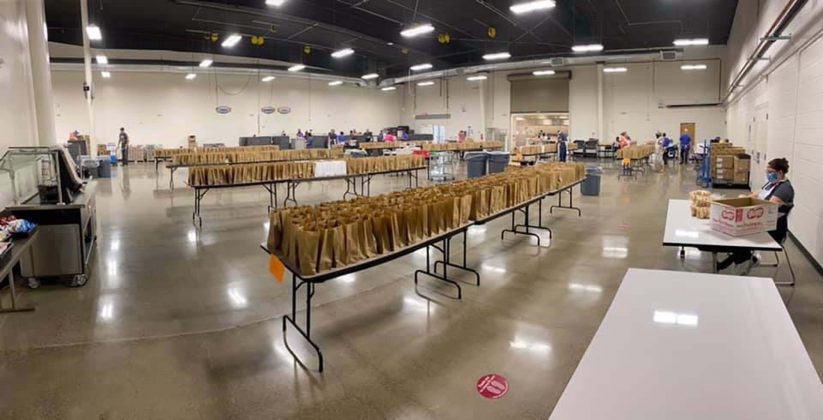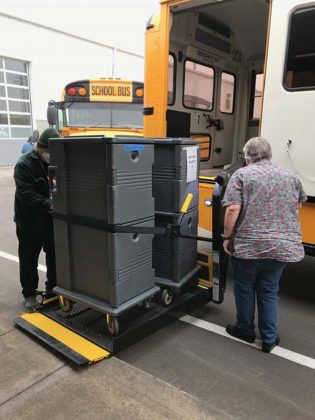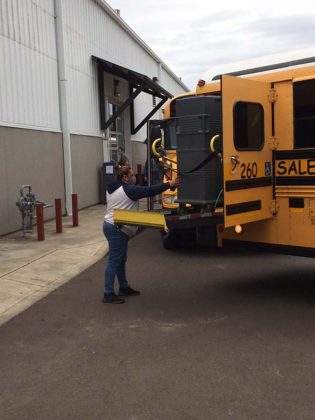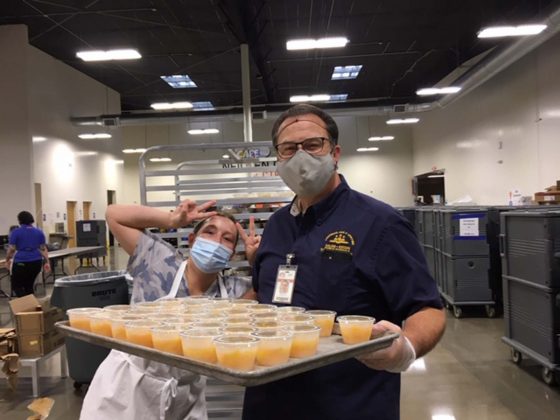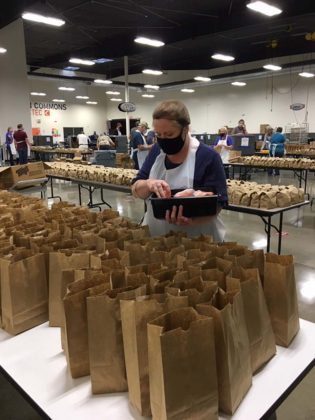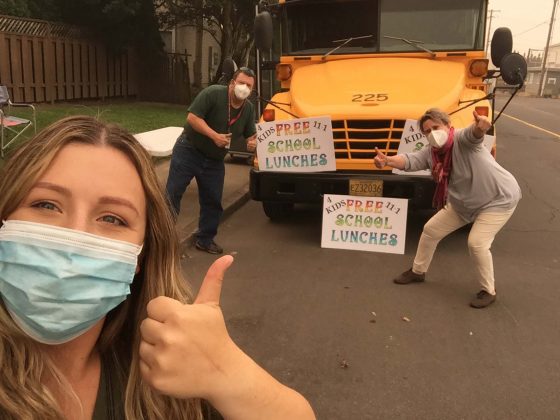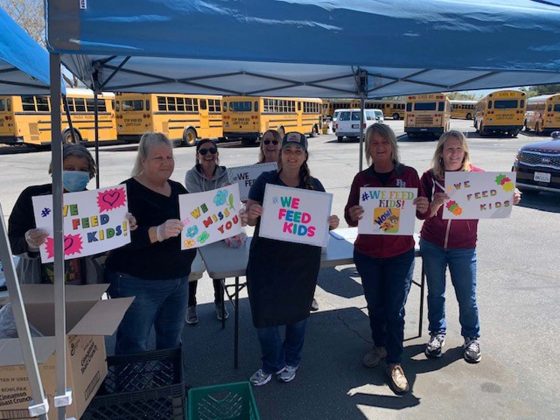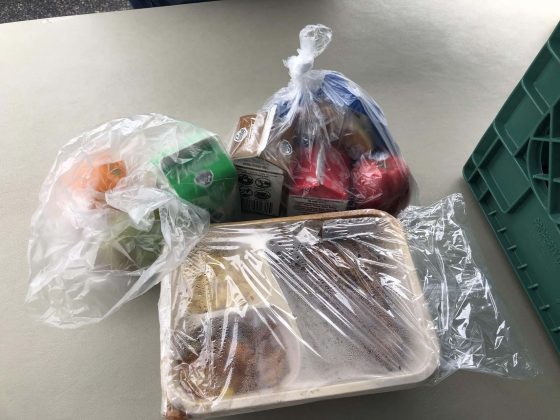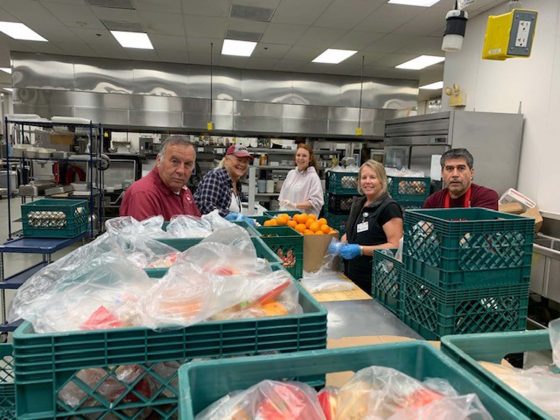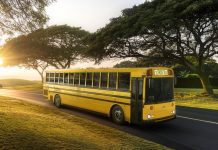When schools closed in March, the industry instantly shifted from transporting students to and from school to transporting meals. What seemed like a short-term reaction to school closures has become normal operations in many areas where children and their families rely on proper nutrition during virtual learning.
Many states continued their meal delivery throughout the summer months and are still continuing to do so into the new school year. The U.S. Department of Agriculture (USDA) announced at the end of August that summer meal program operators can continue to serve free meals to all children under 18 into the fall months.
USDA’s Food and Nutrition Service extended its suite of nationwide waivers for the Summer Food Service Program (SFSP) and the Seamless Sumer Option (SSO) through Dec. 31, 2020, or until funds run out, a press release from the USDA states. These flexibilities include allowing SFSP and SSO meals to be served in all areas at no cost, permitting meals to be served outside of the typically required group settings and mealtimes, waiving meal pattern requirements as necessary and allowing parents and guardians to pick-up meals for their children.
The USDA originally provided flexibility for this program in March when schools first shut down. However, the program was extended again at the end of the summer to account for school startups. While the press release noted the USDA has received petitions to fund this program throughout the entire 2020-2021 school year, the agency is not obligated to spend more than that is appropriated by Congress.
T.J. Crockett, the transportation director for Salem-Keizer Public Schools in Oregon, said his district has used this USDA extension to feed any student under 18 in the community for free. The students do not have to be enrolled in one of the public schools.
“We’re really thankful that we’re able to serve all the kids, because it’s just better for families better and for the kids, letting all of them eat,” Crockett said.
Salem-Keizer Public Schools was scheduled to start its fall semester on Sept. 8, but since the district shifted to the state’s “Comprehensive Distance Learning” model, it got pushed back a week. At this same time, southern Oregon was experiencing high-winds and fires, which pushed the start date back even further to Sept. 16.
However, school bus drivers delivered over 12,000 meals the first week, starting on Sept. 14, and the number continues to grow, Crockett shared. All district schools are open and school bus drivers are assisting with handing out grab-and-go meals for families. However, the district also identified students around the neighborhood in traditional transport zones that don’t have a safe way to get to school.
“Our ability to get out into the community and serve those kids lunches and make sure they’ve got food is just tremendous and it’s really rewarding,” Crockett said. “A lot of our drivers have really taken to it. It’s a good way to connect with the kids and give back to the community.”
He explained that a quarter of all district meals are handed out through the school bus.
Crockett added that the district is also providing some limited transportation for students, but the children are only allowed to be inside their school buildings for two hours a day and can only be in cohorts no greater than 10 people. He added schools are limited to a total of 250 students a week. He said depending on the county’s COVID-19 positive testing rates, his staff could be looking at transporting more students soon.
Meanwhile, Saint Paul Public Schools in Minnesota also started its year with 100-percent virtual classes, but it is looking at bringing students back in phases. Until then, school bus drivers are delivering meals.
Director of Transportation Tom Burr said Saint Paul Public Schools has delivered over 9 million meals directly to students’ homes since March. He explained the district is able to reach 1,000 homes a week, which is accomplished through transportation and nutrition services joining forces.
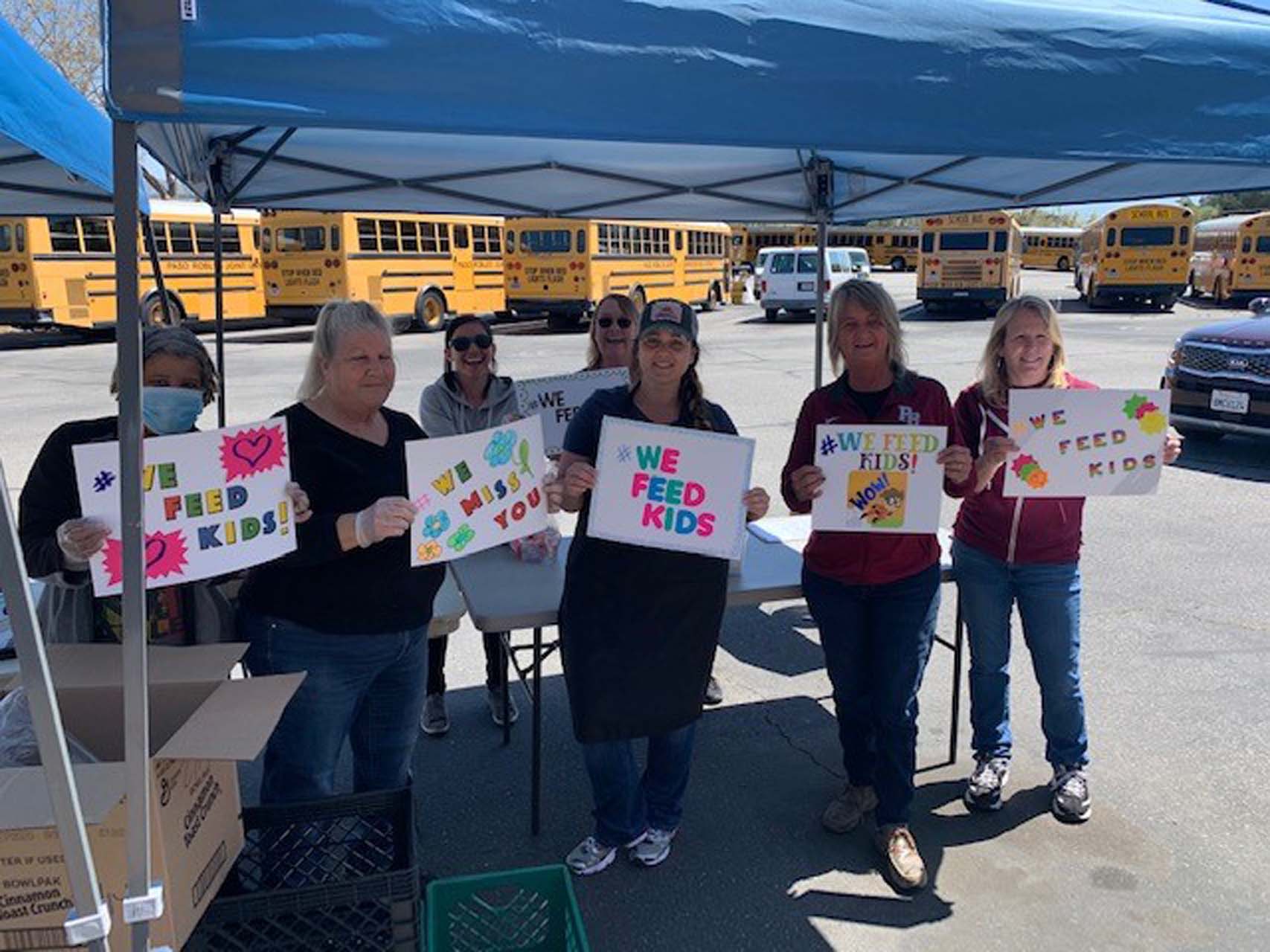
Kelly Stainbrook, the transportation, operations and risk manager for Paso Robles Joint Unified School District in California, echoed Burr’s statement on the importance of partnering with food and nutrition services. She said Paso Robles started virtually on Aug. 20, but the district has since moved into the next tier of its school reopening plan, which corresponds to the number of positive COVID-19 cases in the county. Paso Robles can also now transport special education students.
As of Sept. 23, the district is transporting 27 students to four different sites as well as helping with meal delivery and mail distribution. Stainbrook explained the district is implementing COVID-19 protocols, which consists of bus drivers taking temperatures outside of the bus, social distancing being adhered to and school bus seats are marked off where students can’t sit.
Related: Illinois School District, Contractors Deliver Meals to Students
Related: School Bus Meal Delivery Could Be Allowable Cost Under Title I
Related: It’s NOT Business as Usual
Related: Coronavirus Pay: What About the School Bus Drivers?
The district’s meal delivery program started on March 18, when schools closed, and her department only took one week off this summer. She said prior to this fall, students received two meals a day. The district’s nutrition services department recently received a waiver allowing for three meals.
She said the week after schools closed in March, she and Joseph Vaughn, director of food services for the district, met and devised a plan to provide meals to students in need. She said they looked at densely populated areas and established five locations around the surrounding community. Stainbrook said they serve 100 to 150 lunches within a matter of 30 minutes.
Costs Associated
In addition to delivering meals, Stainbrook said her nine school bus drivers and one van driver are working their normal eight-hour days and finding tasks to do around the office when they’re not driving.
“My budget was developed as the same as last year,” Stainbrook said. “So, I certainly have the resources to pay my bus drivers while they’re working.”
Burr said the Saint Paul Public School’s internal employees have been kept on staff and are working eight hours a day, but the status of contracted employees remains up in the air. He said last spring the district opted to pay 85 percent of contracts with transportation providers, but the money was only to be used to pay drivers.
This school year, the district is paying 50 percent of its contracts, and the providers can use the money on whatever they see fit, such as bus payments, facilities, training, and payroll.
Crockett noted he, too, is able to pay his school bus drivers and cover all the transportation-related costs for meal delivery.


